
A Central Otago man bludgeoned to death with "maniacal fury" and a Dunedin lawyer killed when a parcel bomb personally addressed to him exploded in the central city are among New Zealand's 66 unsolved homicide cases.
The unsolved homicides in New Zealand date back to 1914.
That's 66 men, women and children - and even siblings and couples murdered together - whose deaths are a mystery.
Justice has never been served for them or their families, and while in some cases police are confident that one day they will get a result, others will never be solved.
Police provided the New Zealand Herald with details of each of the unsolved homicides from 1914 to June this year.
The two Otago cases have been supplemented with Otago Daily Times from the time
Since then there have been a number of other murders, with only one unsolved to date.
Over four days we are detailing each murder - who the victim was, what happened and when.
Here the unsolved cases between 1940 and 1980 are covered.
As we remember those killed, we urge anyone with information on these cases to contact their local police - or offer details anonymously via Crimestoppers - and help them solve the mystery of what happened to the 66.
The Otago cases
Murder at Moa Creek
William McIntosh
September 28, 1949
Central Otago
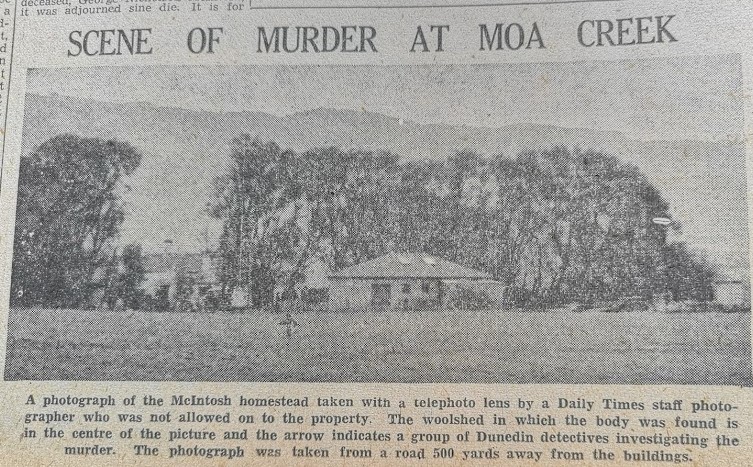
The Otago Daily Times reported at the time that: "Whatever weapon was used, and it is assumed to have been an axe, must have been wielded with maniacal fury, as there were terrible injuries to the head."
He was last seen alive about 2.30pm when he told his wife he was going to round up some sheep, but said he hoped to be back in time to listen to Otago play Auckland in a Ranfurly Shield match.
She became anxious when her husband had not returned and the sheep were still in the valley that evening and called her neighbour.
A search party was organised and his body was found in the woolshed barn lying face down.
Covering the "cruelly-battered" head was an old overcoat, which was later identified as belonging to McIntosh.
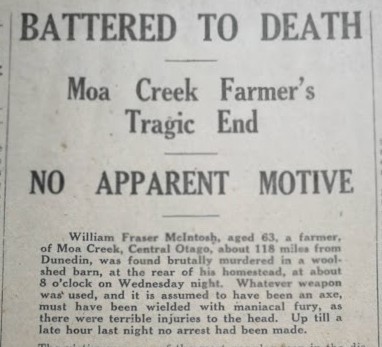
The 62-year-old's wife told police that a strange man had come to the back door asking for directions to a neighbour's home soon after her husband left.
The man never arrived at the neighbours and was never identified.
The ODT reported there was a lack of "any apparent motive" and McIntosh was described by locals as a man with an "outstanding reputation for probity and upright business dealings" and someone who could have "never made an enemy in his life".
Postal bombing shocks Dunedin
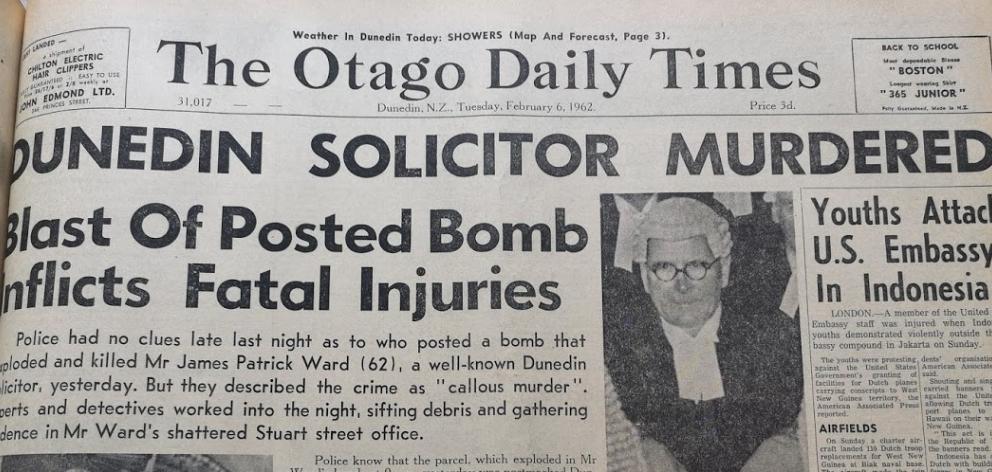
James Ward
February 5, 1962
Dunedin
Ward was a well known barrister who was killed after a parcel bomb was sent to his office - the Security Building in Stuart St.
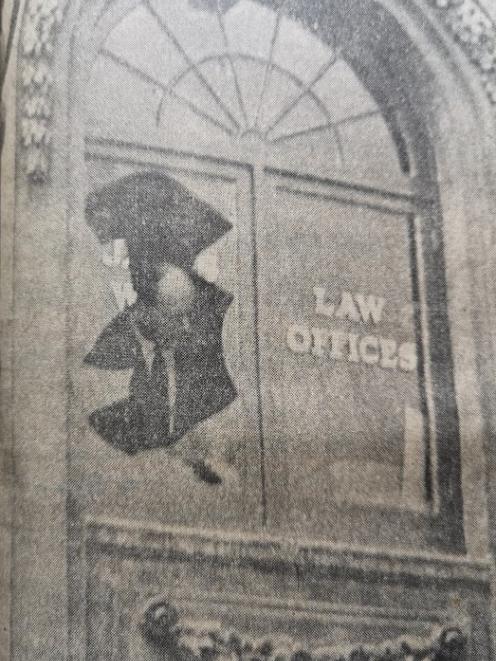
Ward's partner Owen Toomey unwrapped it when he saw the adress was "J. P Ward and Co." but a second wrapping showed the parcel was addressed "J. P. Ward" and marked personal.
Toomey took the package into Ward's office and left.
A few minutes later the office building was shaken by an explosion.
The blast shattered window panes, stripped plaster to the laths and blew a hole through the desk.
Ward was severely injured, with injuries to the head, both arms (his left hand was blown off) and chest, and died six hours later in hospital.
Police later found that the parcel had been posted in Dunedin a week earlier.
In it was a handmade wooden box containing torch batteries, switch, electric detonator, wiring, pieces of tin and explosives.
The device was designed to explode upon opening.
Ward was described by the ODT as one of the senior members of the legal profession in the city. He was president of the Diocesan Particular Council of the St Vincent de Paul Society for 20 years and associated with welfare work.
Cases from around New Zealand
Annie and Rosamund Smyth
August 8, 1942
Wairoa
The siblings were murdered in their Wairoa home - where they lay dead for 13 days before being found.
Brigadier Annie, 62, and her sister Rosamond, 74, had their home in the town's Salvation Army hall.
Both women were found dead from multiple head injuries inflicted with an axe and, in the case of Rosamond, who died in the bedroom, with an iron fire poker.
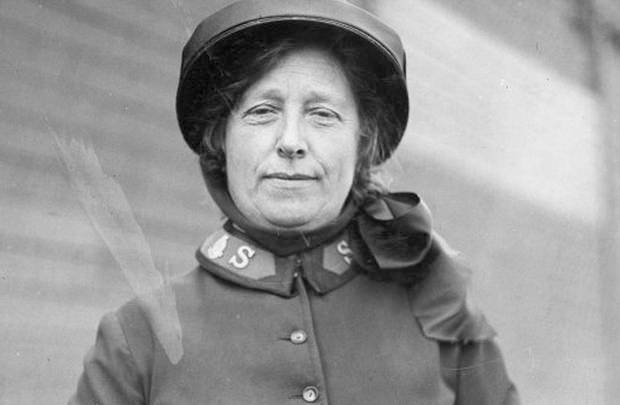
The police believed they were killed on August 8, 1942. They were found by a neighbour on August 21.
No one was ever charged with the violent murders.
However, 20 years after the women were killed Leo Silvester Hannan - a convicted
murderer serving a life sentence - confessed to his lawyer that he was responsible.
He said the Smyths were his first kills.
Hannan is believed to New Zealand's first serial killer.
Edward Clarke
May 12, 1945
No further information available
Miles Radcliffe
February 4, 1946
Wellington
The 50-year-old chocolate factory manager was found battered and strangled in his office.
When police interviewed staff at the factory they revealed Radcliffe was gay and often invited men to his office - where he had a couch - for private meetings.
It was widely thought he had been attacked by someone because of his sexuality and office activity.
A number of foreign matches were found near his body to police turned their attention to the crews of ships in port at the time of the murder.
Francis Wilkins
April 21, 1947
Wellington
Wilkins - who went by a number of different names - was 42 when he was murdered in Wellington.
He was reportedly killed by either a blow to the head or a gunshot wound and was dumped in the sea.
Police offered a reward and an offer of indemnity from prosecution for anyone who could help them solve the mysterious murder.
Marie Emily West
July 7, 1947
Wellington
The teenager went missing from her home on April 23, 1947 and her body was found in scrub on the slopes of Mt Victoria months later.
Evidence at the time suggested she had committed suicide - but how her body ended up on Mt Victoria - just 60m from her home - remains a mystery.
Herbert Brunton
December 17, 1948
Wairoa
The 69-year-old, known as Bunny, was killed at his hut near the Wairoa railway station.
His body was found by a neighbour, propped against the bed, with deep head wounds inflicted by at least six blows with an axe.
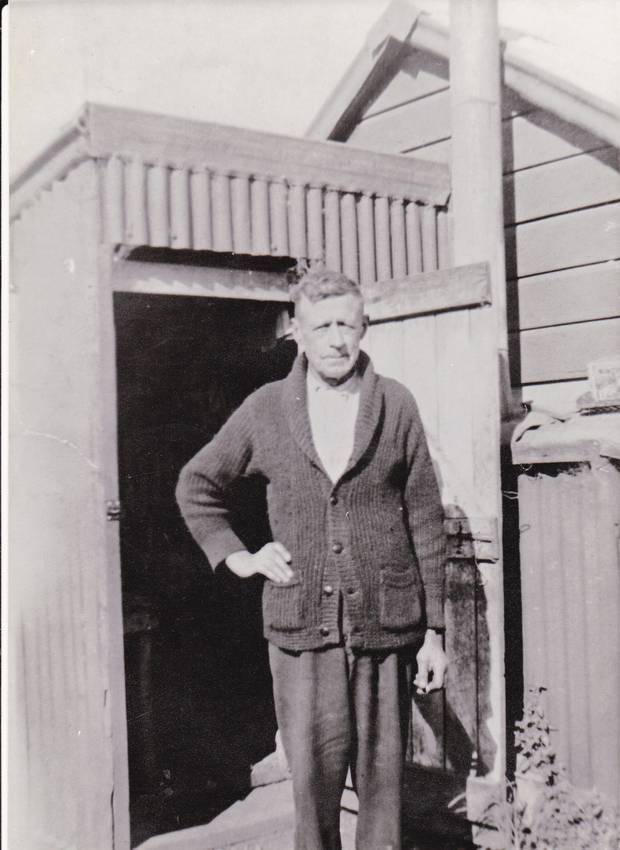
The police took fingerprints from more than 5000 people in their unsuccessful hunt for Brunton's killer.
At his hut, where he lived alone, a bloody fingerprint was found on the back of the door.
Officers believed it was the killer's.
In 1962 Leo Silvester Hannan, a convicted murderer, confessed to his lawyer that he killed Brunton and, six years earlier, sisters Annie and Rosamond Smyth.
He was never charged.
Gordon James Pepper
October 1, 1949
Auckland
The Avondale man drank a glass of antacid salts, declared he disliked the taste and, within hours, he was dead.
It was later found the salts had been interfered with, causing the fatal poisoning.
The killer was never found.
"Deceased was the victim of one of the foulest murders in this country's history," pronounced the Auckland coroner, Mr A Addison, in his verdict on the case.
Nellie Wooley
July 25, 1962
Christchurch
Wooley, 84, died in hospital a week after she suffered serious head injuries outside her home in the central city.
Her death was initially treated as an accident, but police later established Wooley had been hit around the head and had likely been attacked after disturbing a burglar.
Harvey and Jeanette Crewe
1970 - date unknown
Pukekawa
The Waikato couple were last seen alive as they left a stock sale at Bombay on June 17.
Five days later Jeanette's father went to the house, concerned that no one was answering the phone.
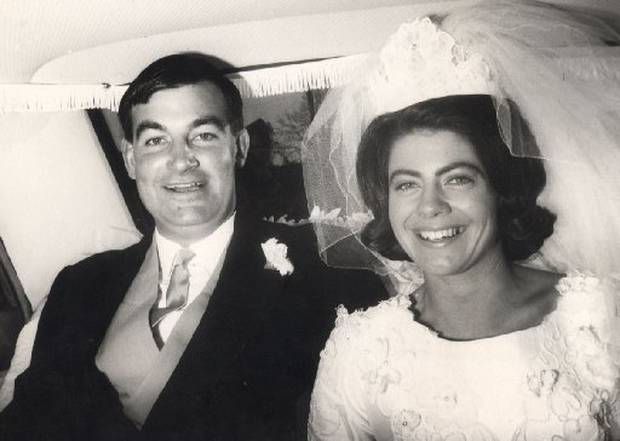
He found a bloody crime scene and his toddler granddaughter abandoned in her cot.
It was clear there had been foul play but it would not become clear what had happened
until Jeanette's body was recovered from the Waikato River in August and Harvey's a month later.
Arthur Allan Thomas was eventually charged with the murders, tried and convicted.
He was convicted a second time at retrial but in 1979 he was pardoned.
In 1980 a royal commission concluded that police planted a shell case in the Crewe's
garden to frame the innocent Thomas for the murder.
The Crewe case is one of the most enduring whodunnits in New Zealand history.
Olive Walker
May 15, 1970
Rotorua
Walker, 18, was walking to her sister Mary's house to babysit her children when she was raped and murdered.
A group of teenagers found Walker's badly beaten body in a rest area south of Rotorua.
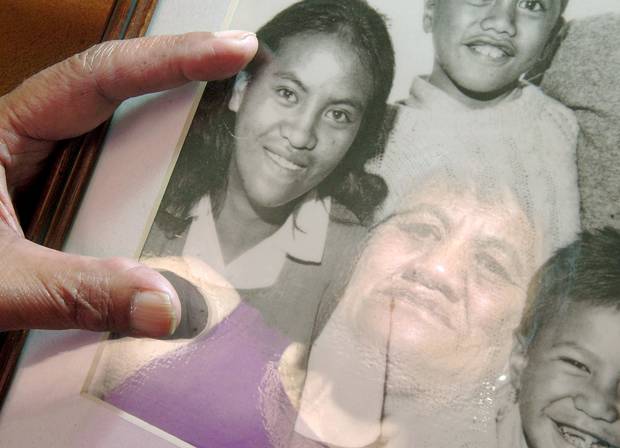
In 2007 police revealed that one of the suspects in the murder was a convicted sex offender in prison.
They said there were about 100 people of interest to the inquiry.
Before he died former detective Jack Collins, who worked on the Walker case, said he had
a hunch about who the killer was but there was not enough evidence to prove it.
Tracey Anne Patient
January 29 1976
Auckland
The teenager's death is one that has haunted New Zealanders for more than 40 years.
The 13-year-old went missing while walking home from a friend's house in Henderson.
She was only five minutes walk from her home.
The following morning a man walking his dog found Tracey's body in a bush area on Scenic Drive in the Waitakere Ranges.
The teenager had been strangled with a stocking and her body discarded just metres into the bush area.
Two years later police received a phone call from an anonymous person who told them the signet ring Tracey owned was in a rubbish bin outside a chemist in Avondale.
Officers went to the rubbish bin and found a ring inside, believed to have been the ring
Tracey was wearing when she went missing and given to her by a boyfriend.
In 2016 police revealed they were following fresh lines of inquiry, including interviewing people in Australia in a bid to find her killer.
Howard Percy
November 5, 1976
Rotorua
Percy was working as a security guard at an ANZ banking facility on Old Taupo Rd when he was shot and killed by a robber.
The bank was first targeted by a robber on July 16, 1976. The offender then tied up two tellers and Percy before taking about $13,000.
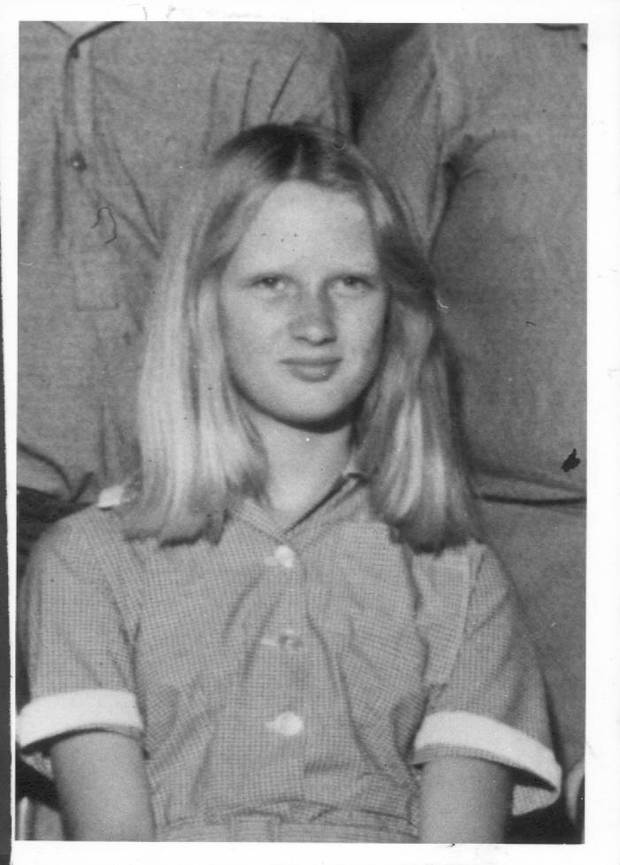
Four months later, on November 5, the bank was subjected to a second robbery.
Percy was again on duty and this time tackled the offender resulting in him being shot twice. He died on the way to hospital.
Police reopened the case in 2012 after receiving fresh information about the incident. A team of police searched Rotorua's Mangakakahi Stream for the gun which was used to shoot Mr Percy.
George Engelbrecht
July 5, 1979
Lower Hutt
The 91-year-old was beaten to death in his bed in Alicetown, during a botched robbery.
A Coroner later ruled that Engelbrecht's death was likely caused by repeated blows to the head, multiple rib fractures causing laceration of a lung and inhaling blood from his severe facial injuries.
One witness told police they saw a "Polynesian man fleeing" the pensioner's home the night of the murder.
Police then set about fingerprinting every islander in the area for work or sports events and even travelled to the islands to speak to people in the hope they would get a match to evidence at the scene.
No match was found.
Engelbrecht had become reclusive after his wife died and was known to tell people how he kept large amounts of cash hidden around his home.
He was robbed a year before his murder, but police did not believe the culprits of that crime were connected to the killing.












